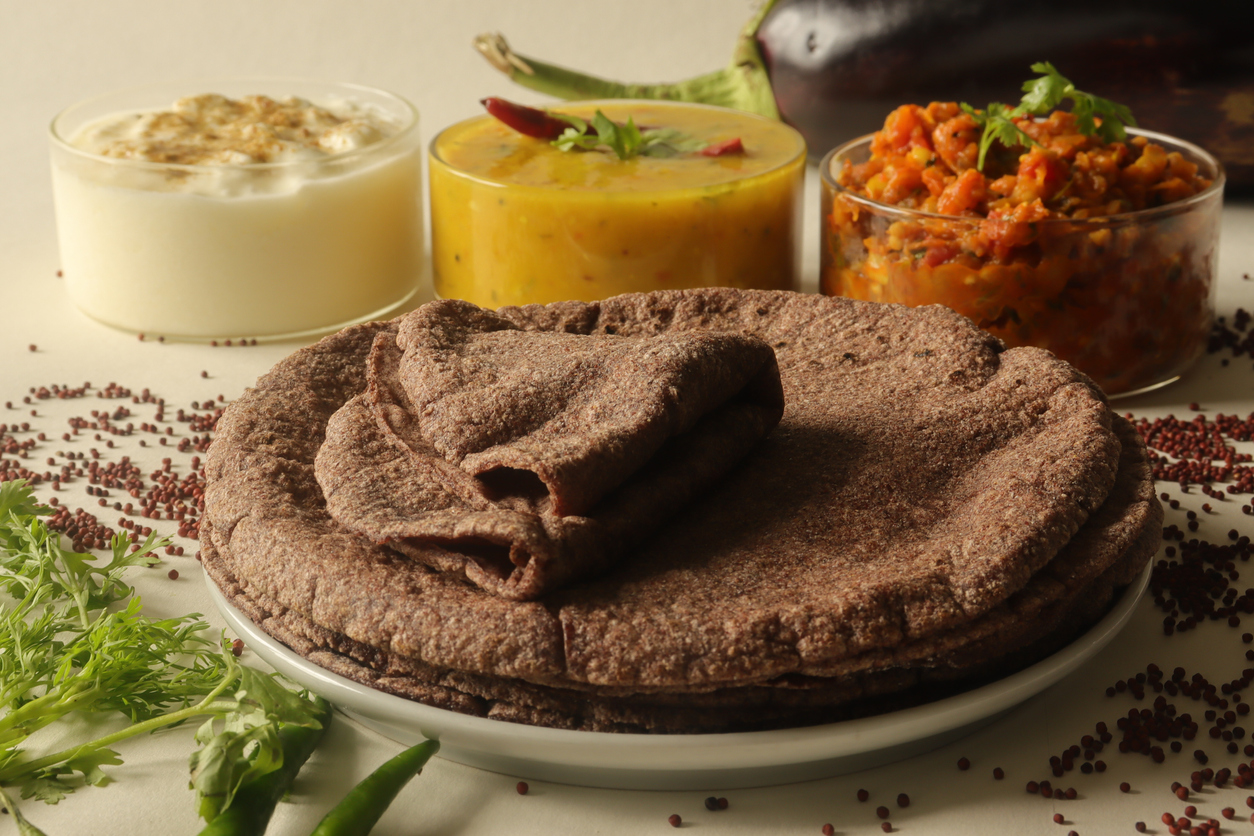



The United Nations has declared 2023 as be the International Year of Millets, based on recommendations by the Indian government. The declaration is important to bring attention to these hardy grains, which can play a critical role in addressing a multitude of challenges that the Indian food system faces today such as low farmer incomes, rising obesity levels, and reduced yield due to climate change. Millets like ragi, bajra, kodo and sorghum offer a host of benefits for human and planetary health – they contain higher levels of micronutrients, dietary fibre and quality protein, and moreover, require 70 per cent less water to grow compared to paddy, can thrive at relatively higher temperatures, and can convert more carbon dioxide into oxygen compared to wheat and rice.
But the significance of millets has been lost over the years. Once a staple in agrarian diets, millets have now largely come to be viewed as an inferior good. Their production has not received focus from scientists and policymakers. Farmers do not make enough income per hectare from millets as a result of insufficient market linkages. The Council on Energy, Environment and Water (CEEW)’s interaction with farmers in Andhra Pradesh indicated that while they were aware of the resilience of millets, they were unsure about their market absorption. Though it is recently being portrayed as a healthy cereal, consumer demand remains quite low as it represents less than two per cent of world cereal consumption.
While the production issues around millets need to be addressed, the single biggest push to kick- start the Year of Millets would be to make them aspirational and enhance their demand across the country and the globe. At the national level, India recently launched the Lifestyle for Environment (LiFE) Mission, a mass movement to nudge individual and community-led actions to promote sustainable production and consumption. This has the capacity to push millet uptake at the national level. Even the Prime Minister recently asked MPs to popularise the cereal. Here’s what India, home to 80 per cent of world’s millet output, could do to nudge for higher millet uptake.
One, increase millet uptake among children. Promote millet uptake among children enrolled in Integrated Child Development Services and mid-day meal schemes through incorporation of different recipes. Serving the same dish day after day could lead to decreased liking for a food item, and a focus on incorporating millets through different nutritious recipes could lead to increased preference for millets by children.
Two, leverage social media to make millets aspirational. Using the right social media platforms and content format (short ‘Reels’ versus longer videos, live stream, etc.) to nudge behaviour of consumer categories like parents and health-conscious youth is crucial. Given the high television viewership in India (85 per cent of households in India own a TV set), outreach to TV audiences via episodes dedicated to cooking millet-based dishes in popular national and regional cooking shows, televised cooking competitions, can also be lucrative platforms for driving millet uptake.

Indian flatbread made of finger millet flour. Source: iStock
Three, leverage food-delivery and restaurant-aggregator platforms such as Swiggy and Zomato to nudge consumer behaviour. Combined, these platforms typically deliver about 1.5 million orders per day. While Swiggy has a filter for healthy food options, turning this filter on often involves active effort (and motivation!) from the consumer. We recommend including millet-based dishes in the list of the restaurant’s ‘recommended dishes’, which could potentially nudge consumers to try them.
Four, include creative recipes on packages of millet-based food brands to nudge consumers to try out millets. Lack of knowledge of millet recipes is a deterrent for many, and sharing recipes could nudge consumers. At the same time, FMCG companies can let the genie out of the bottle to produce and promote millet-based snacks as healthy snacking options for consumers. While some are on track with ragi cookies and chips, there are over a 100 varieties of millets that have the potential to be processed into snackable foods.
Five, introduce millet-based meal/snack options on platforms with wide outreach, such as government/corporate canteens. In particular, the Indian Railways’ e-catering service, which
currently provides about 18,000 meals per day on an average, can be a potential opportunity.
In the last decade foods such as sweet potatoes, coconut, beetroot, jackfruit and turmeric have gained popularity as ‘superfoods’, and the International Year of Millets presents us with an opportunity to put the spotlight on millets. The recommendations outlined above can be a good starting point to make the hardy grain aspirational for every Indian.
Nandini Agarwal and Anjaly T. John are Programme Associates at the Council on Energy, Environment and Water (CEEW), an independent, not-for-profit research institution. Send your comments to [email protected].




Add new comment